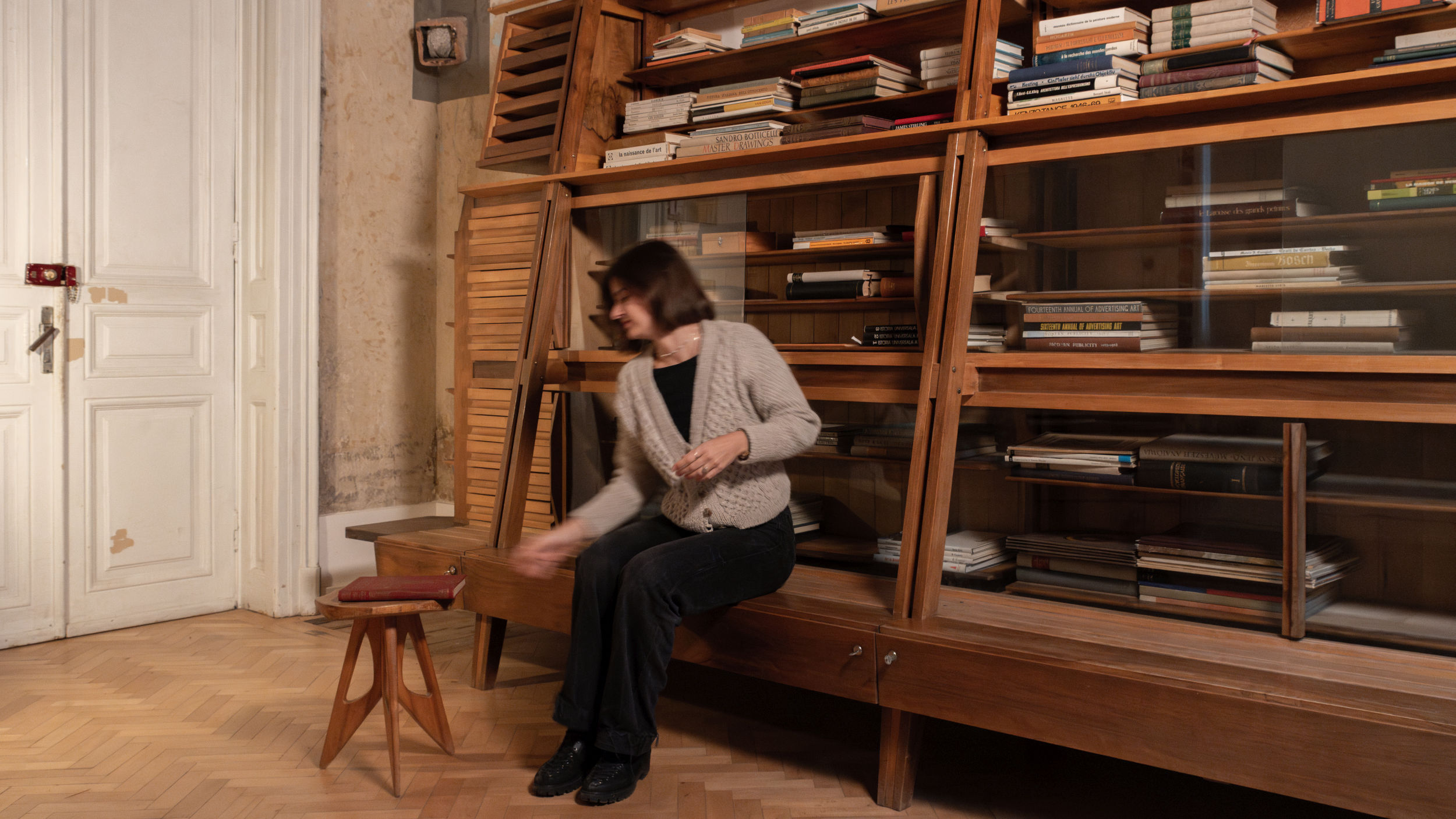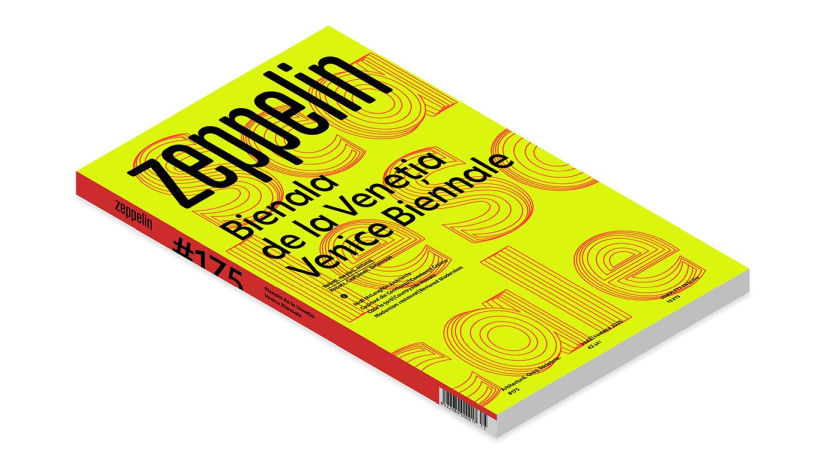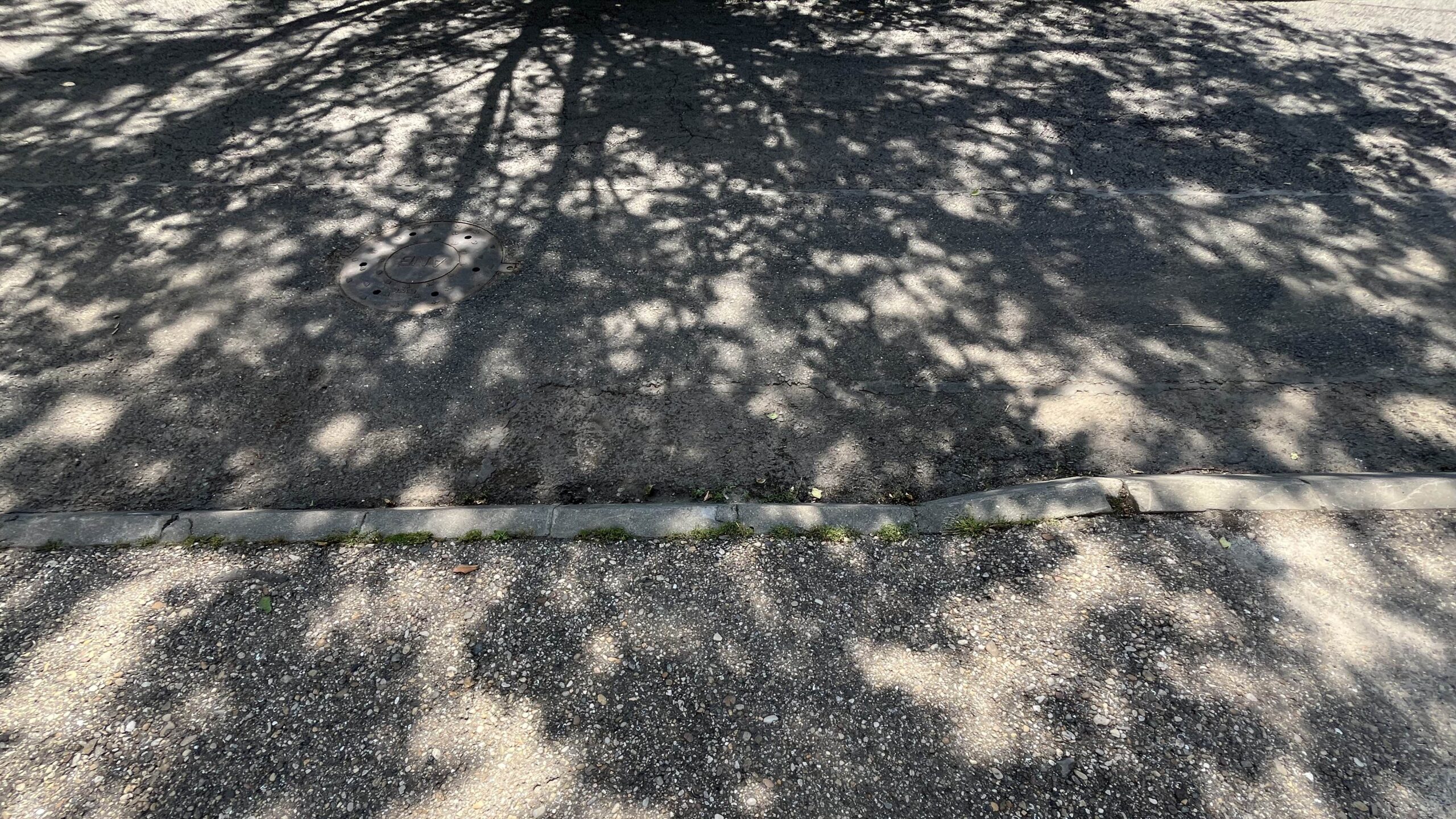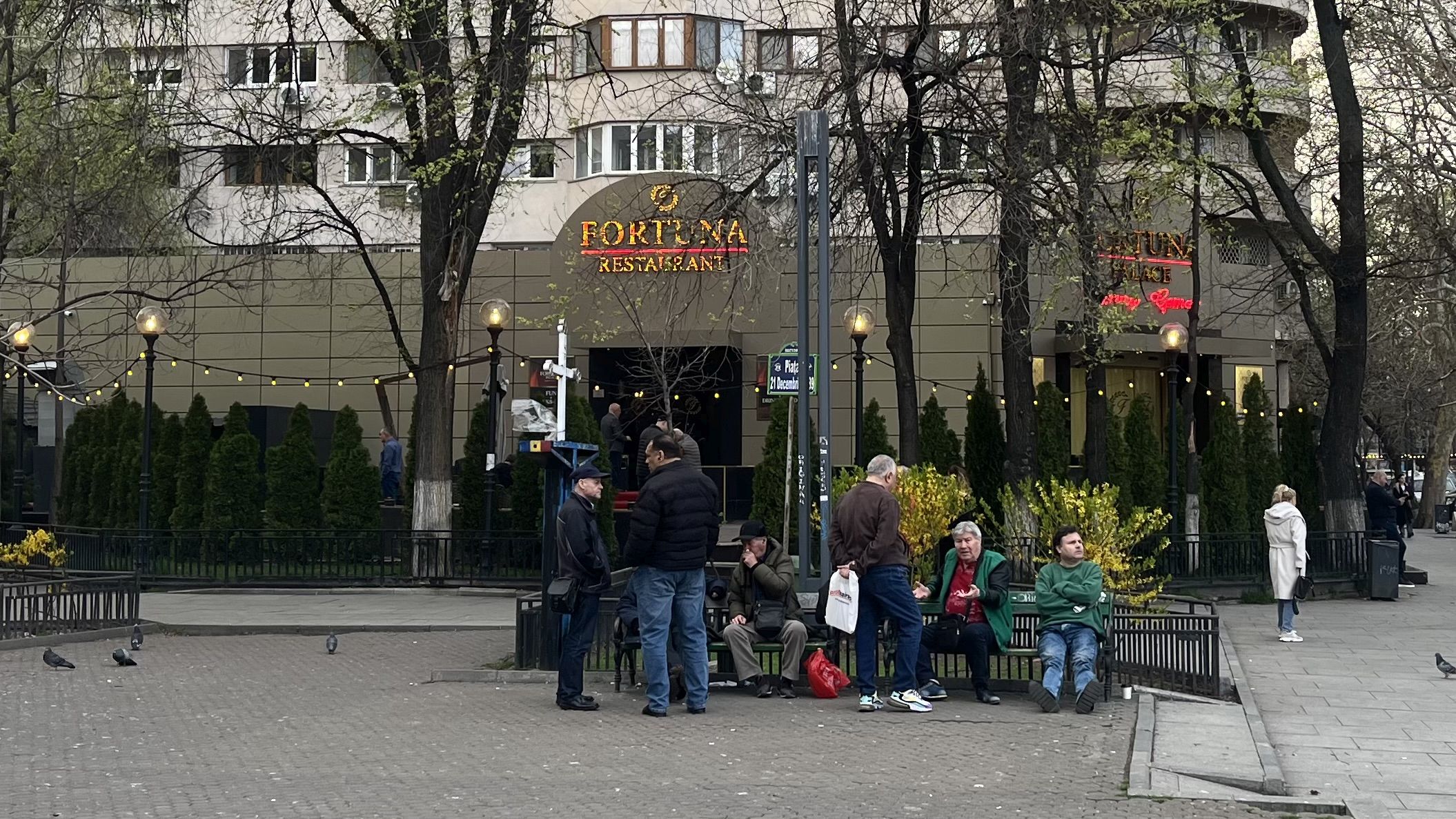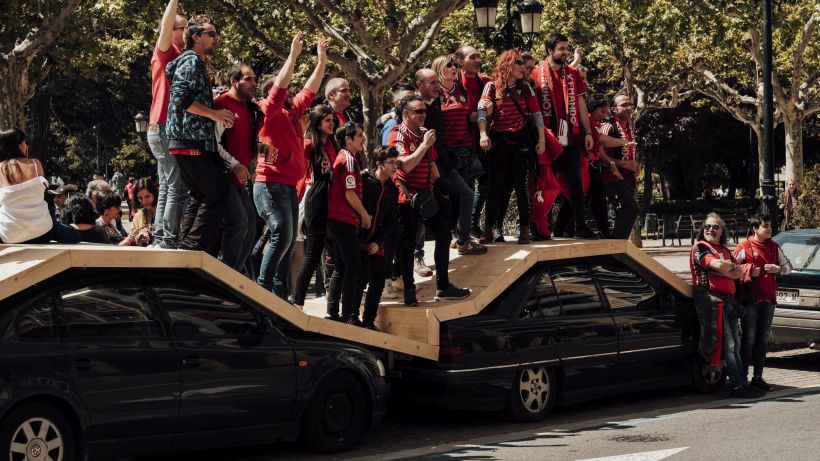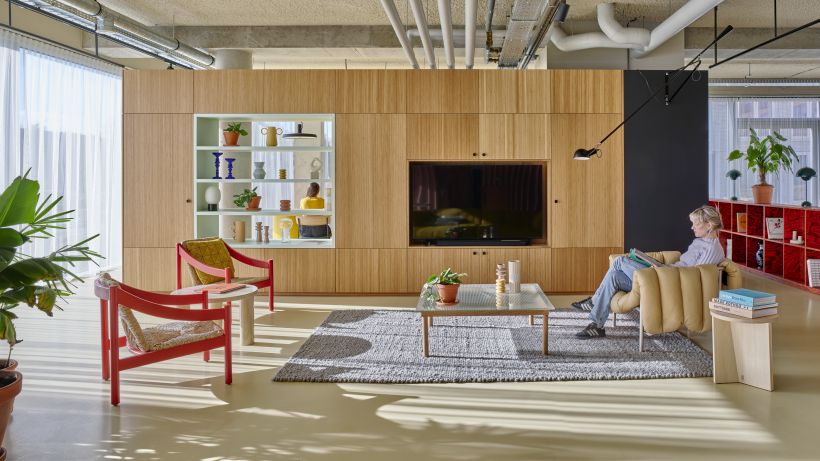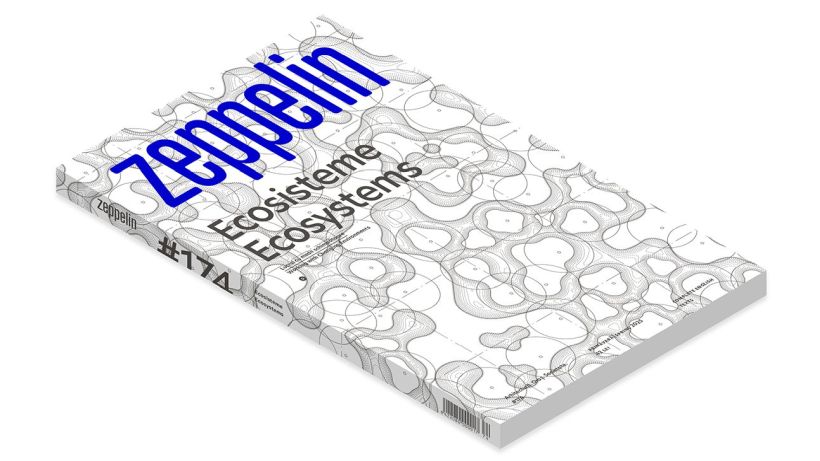The single-family house remains the most desired and prevalent form of dwelling.
Articles box
Even before AI, there was talk about the redundancy of books. What is the point of books now that we buy PDFs/EPUBs/etc. from Amazon, download them from Sci-Hub, Libgen, etc., and never actually read them?
An inclusive approach and good architecture in an area of the country with very few public space projects create iconic developments. The Mahmudia project is primarily for the local community, yet it has all the potential to attract people from all over the country.
In the context of this year’s theme, Intelli-gens, the question posed by Carlo Ratti – the curator of the Venice Architecture Biennale – is: how do we rethink the way we practice architecture in an altered environment?
Text and Photography: Cătălina Frâncu
The house I live in was built in 1929. My parents bought it in ’95, after selling a flat in Tineretului — and they even had money left over; houses without plumbing weren’t exactly in high demand back then.
What is a green city and why do we need one? Now that climate change is being questioned by people with (too much) authority and programmes to tackle it are slowly grinding to a halt, we suggest we think about ecosystems
Text, photo: Cătălina Frâncu
Walking in Bucharest is punctuated by advertisements, billboards and pharmacy lights. Ground floors of housing blocks – small, big, in the centre or not – are havens for the most sought-after businesses in the country
Reporter: Cătălina Frâncu
Photo: Josema Cutillas
A modest gesture, yet one capable to change the way one experiences the church and its yard. The restauration brings an object that served the community back into nthe life of the village and its surroundings.
How can more people still afford to live – and in a good way – in the city? This project shows one way to do this, from within the market, but in a responsible way.
At a time when the need and tension of densification pervades Switzerland, HHF is bringing forgotten spaces back to life in the heart of Basel.
Sneška Quaedvlieg-Mihailovic is the Secretary General of Europa Nostra and works closely with the European Council, UNESCO and other EU institutions.


